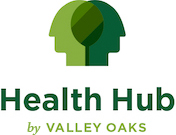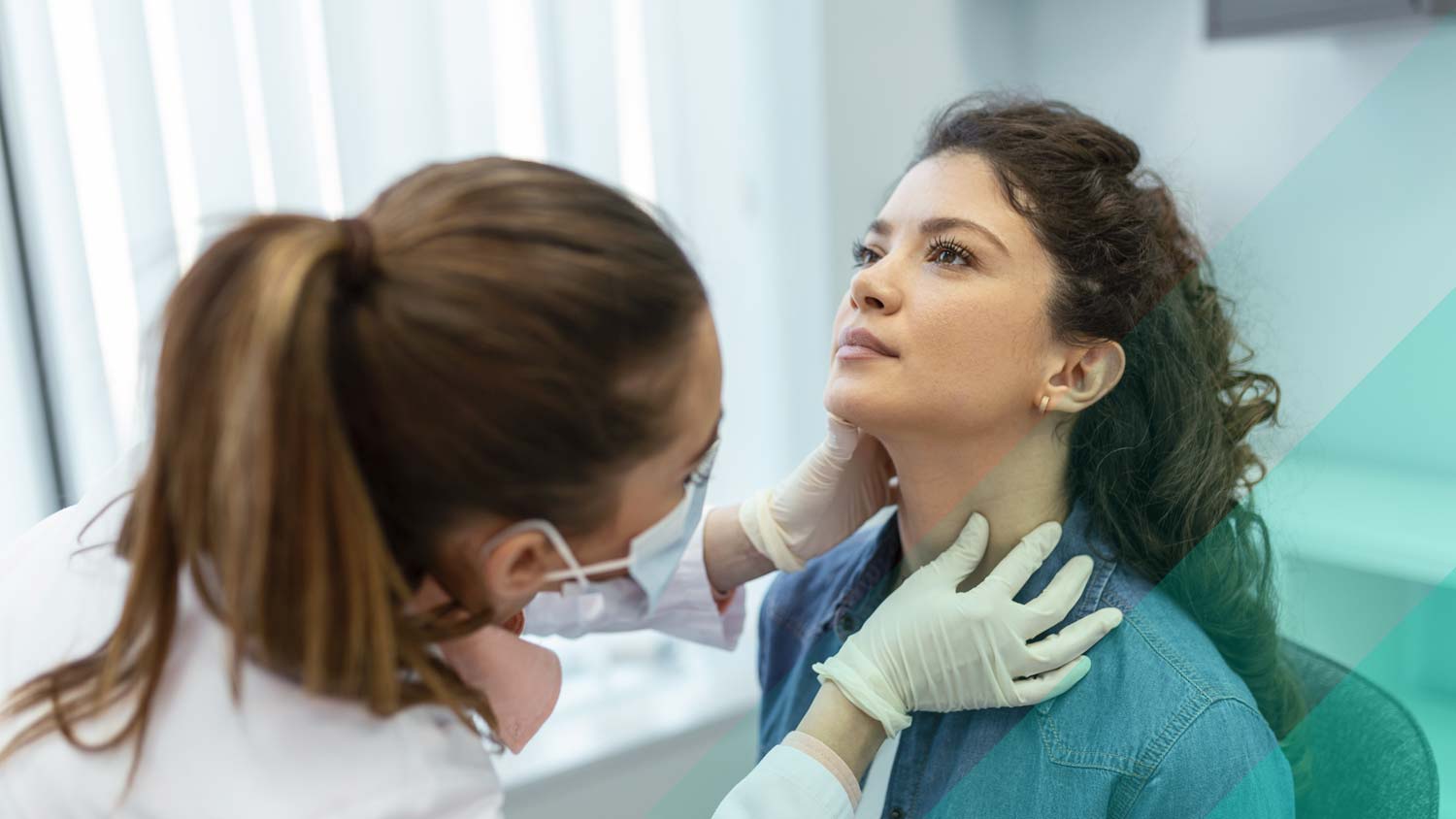This April marks the 19th anniversary of Sexual Assault Awareness and Prevention Month (SAAPM), and there’s no better time to reflect on the definition of sexual assault, learn the statistics, and make it all a thing of the past.
First, it’s important to have clarity around the definition of sexual assault—you’d be surprised how many misconceptions there are! Sexual assault is any sexual activity or contact that happens without the victim’s consent. This can include rape, fondling, attempted rape, or non-contact assualt such as being forced to look at sexual images without consent. In other words, sexual assault goes beyond the limiting definition many people have for it.
Sexual Assault Awareness and Prevention Month is also a good time to get familiar with the statistics around the issue (which are quite significant!): It’s estimated that 1 in 3 women and 1 in 6 men will experience some type of sexual violence in their lifetime. And those are just the reported numbers, since people often don’t speak out when sexual assault occurs (63% of sexual assaults are not reported to the police.) These statistics point to a common theme: we need to normalize discussing and preventing sexual assault. Luckily, there are steps we can take to decrease the number of victims.
Getting consent is a powerful tool against sexual assault. Consent is simply making sure you are on the same page with someone else—and that there is enthusiastic agreement for an activity. Consent is a term often used when discussing sexual activity, but it can be applied to any aspect of a relationship. For example, one often overlooked opportunity for consent in the modern age is digital consent, which includes texting, sexting, posting photos online, or sharing screenshots of digital conversations with others. Although you are not face-to-face, it is just as important to get consent from your partner in these situations.
Even if you haven’t personally been affected by sexual assault, it’s vital to learn how to recognize if anyone around you is suffering. Some telltale signs include: depression, withdrawal from usual activities, self-harming behaviors, STIs, and increased drug/alcohol use. According to the Department of Justice, in 8 out of 10 cases of sexual assault, the perpetrator is someone the victim knows. This means that if anyone around you is experiencing sexual assault, it would most likely be from someone in their life. Pay attention to your friends and family, and be a good listener if they have any information to share. You could make a real difference.If you are personally a victim of sexual assault, there are many resources at your disposal, including RAINN and NSVRC. Remember, the most powerful tools are information, allyship, and speaking your truth. Spread the word about Sexual Assault Awareness and Prevention Month. Together, we are more powerful than we know.
Sponsoring Organization: National Sexual Violence Resource Center






